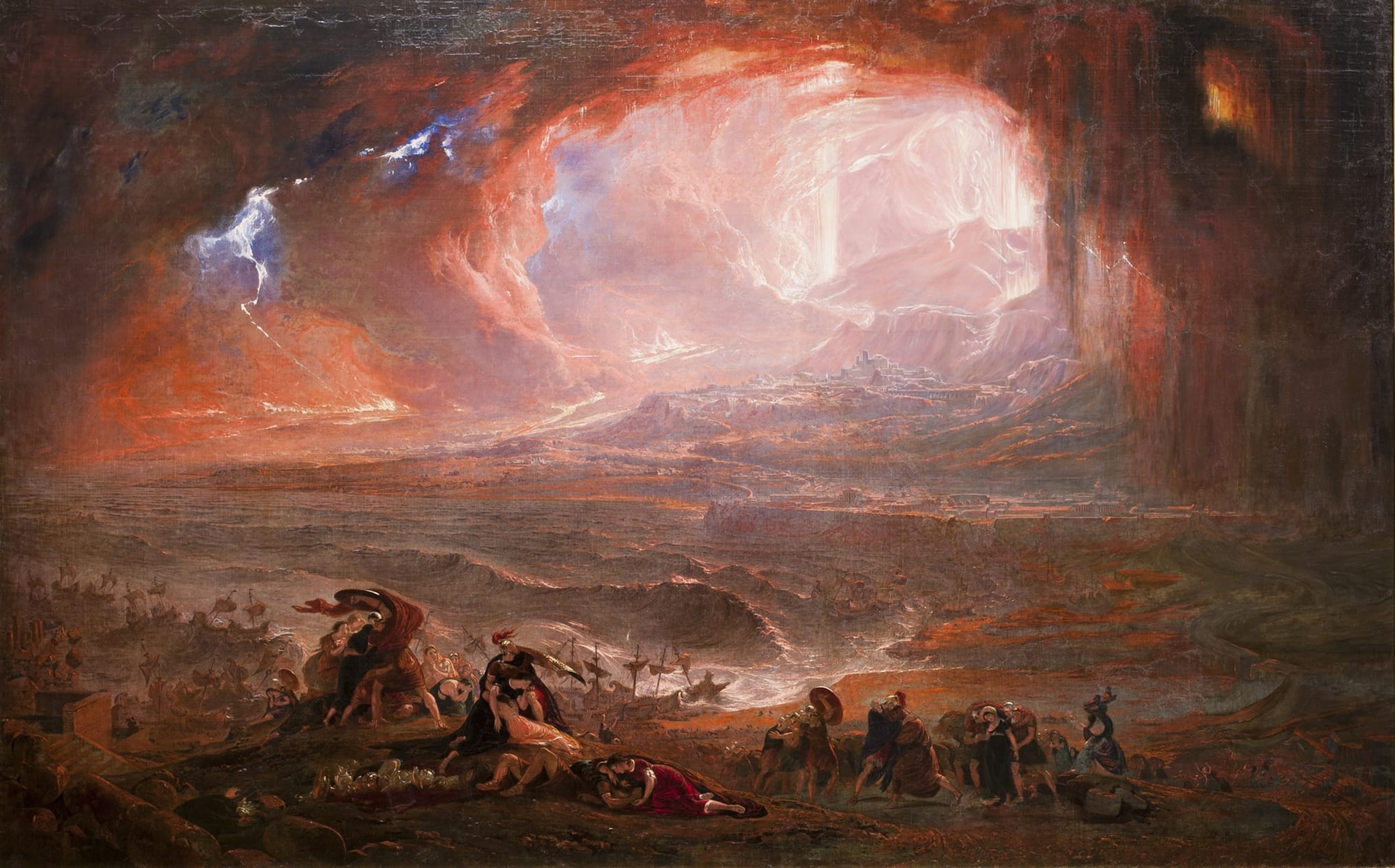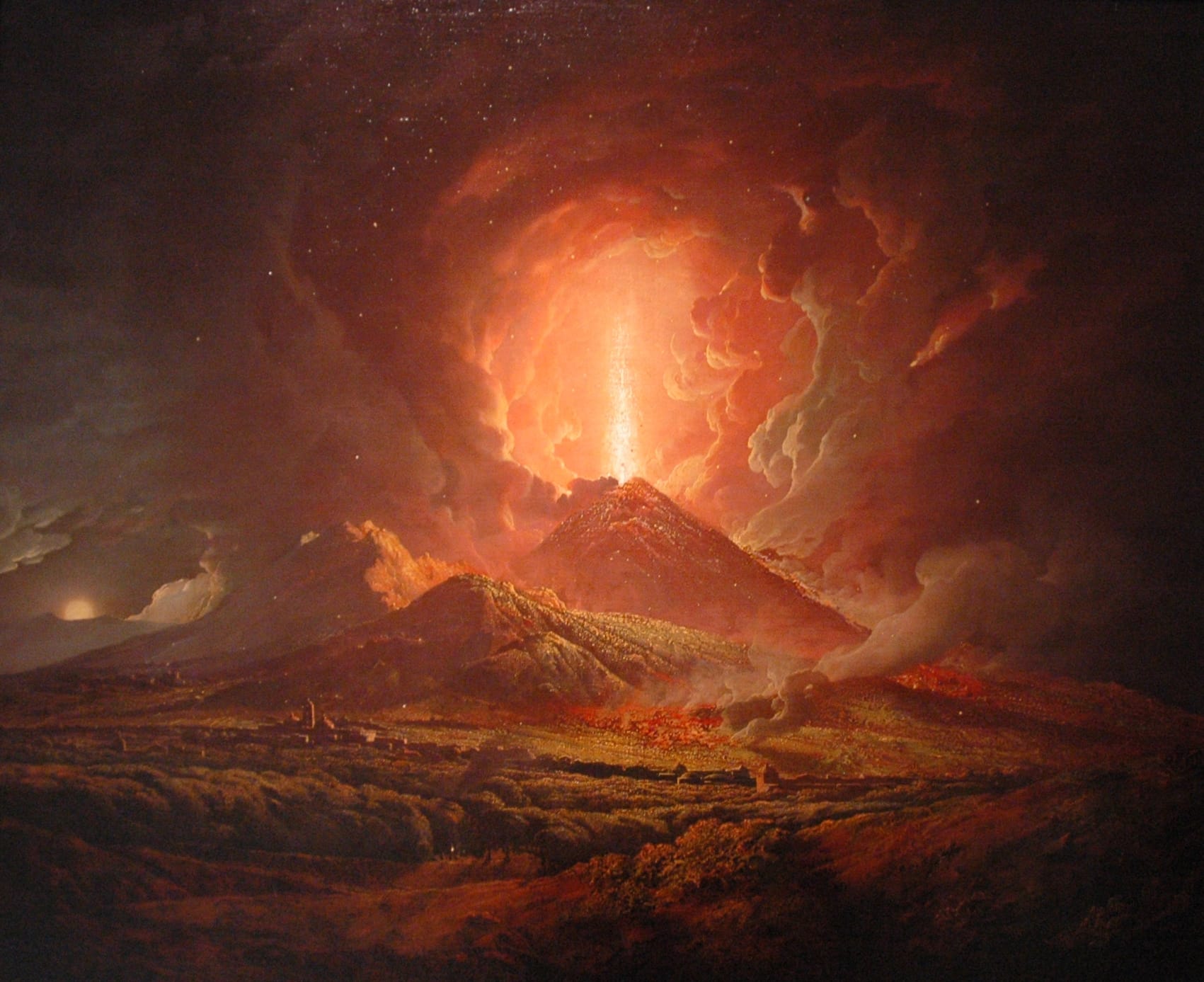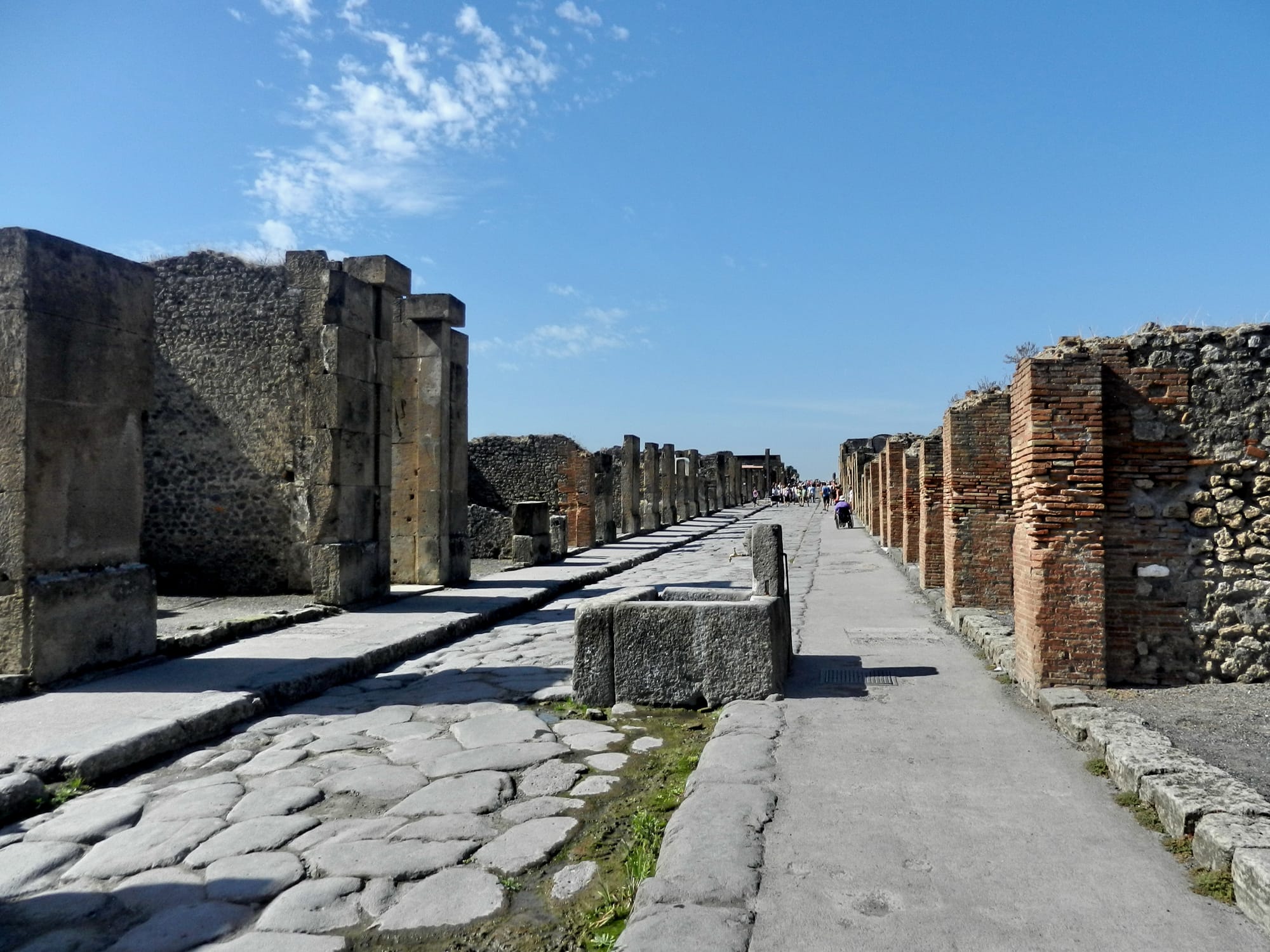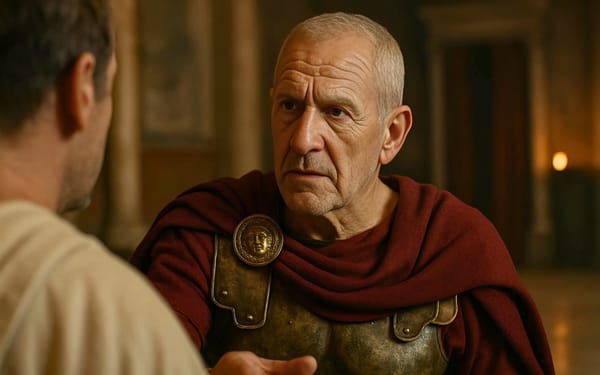Pompeii the day Vesuvius erupted: From Prosperity to Ashes
The day Pompeii disappeared under the ashes of Vesuvius, as described through history.

Pompeii, a busy ancient Roman city, was famous for its vibrant economic state and stunning beauty. Located near the modern city of Naples, Pompeii was home to approximately 12,000 to 15,000 inhabitants who enjoyed the city's complex water systems, amphitheater, and a plethora of shops and eateries that lined the streets. The city was a hub for trade and commerce, largely due to its proximity to the sea and fertile volcanic soil which supported extensive agricultural activities.
Pompeii wasn't initially a Roman settlement. It saw Etruscan and Greek inhabitants as early as the mid-sixth century BCE, though the specific influence each group had on its development is not well-documented due to limited archaeological investigations from the town's earliest periods. Evidence such as the Doric Temple found in the Triangular Forum of Pompeii hints at a significant Greek influence over Etruscan.
Everyday life in Pompeii
At the time of its destruction in 79 A.D., Pompeii was a thriving Roman city known for its opulent villas, bustling marketplaces, and diverse social life. Home to approximately 12,000 people, it was a favored destination for the Roman Empire elite. Despite suffering from a severe earthquake in 63 A.D., the city remained a popular resort. Daily life began early with most residents waking at dawn to start their workday, as most homes lacked running water, necessitating visits to public fountains for water collection.

The city was alive with activity in the mornings with shops conducting business and farmers tending to their fields. Social and commercial interactions were common in the busy marketplaces. By midday, the pace would slow, often marked by events such as gladiator shows, which were as popular then as major sporting events are today. Meals typically included simple fare like bread, fish, and fruits.
Pompeii’s afternoons were vibrant at the thermal baths, which served as a social hub accessible to all social classes. Here, people not only washed but also socialized, conducted business, and engaged in political discourse. Evenings in Pompeii involved dinners that might include olives, eggs, fish, meat, and cakes, reflecting the simple yet diverse diet of its inhabitants.
The Calm Before the Storm
Before its destruction in AD 79, Mount Vesuvius had been inactive for almost 1,500 years, leading many to underestimate its threat. The area was a popular retreat for wealthy Romans who built luxurious villas there, appreciating the landscape's beauty without recognizing the looming danger of the volcano.
“There had been noticed for many days before a trembling of the earth, which did not alarm us much, as this is quite an ordinary occurrence in Campania; but it was so particularly violent that night that it not only shook but actually overturned, as it would seem, everything about us.” Pliny the Younger

The Eruption of Vesuvius
The catastrophe began on August 24, AD 79. Pliny the Younger, who provided a first-hand account in his letters to the historian Tacitus, described the initial signs as a peculiar cloud rising from Vesuvius in the shape of a pine tree. The eruption unfolded over approximately 18 hours, enveloping the city in darkness "like the black of closed and unlighted rooms."
"On the 24th of August, about one in the afternoon, my mother desired him to observe a cloud which appeared of a very unusual size and shape." Pliny the Younger

Timeline of Destruction
8 am: A slight tremor of the earth began shaking Pompeii and there was a subtle sound of eruption from the volcano accompanied by a small volcanic cloud.
1 pm: Stronger earth tremors were felt, and a dark cloud appeared over Vesuvius.
3 pm: Ash began to fall over the city and cover it and the sky turned almost black.
5 pm: Larger pumice stones started to fall, causing roofs to collapse and fires broke out all around the city.
8 pm: The city is covered in ashes and as the sun sets it gives an unworldly color on the almost black sky.
1 am: Pyroclastic surges commenced, releasing hot gases and rocks at high speeds, devastating everything in their path.
6 am (next day): Pyroclastic flows travelling at lightning speed, buried the city under 4 to 6 meters of volcanic material.

“Meanwhile, my mother and I had stayed at Misenum. After my uncle left us, I studied, dined and went to bed, but slept only fitfully. We had earth tremors for several days, which were not especially alarming, because they happen so often in Campania. But that night they were so violent that everything felt as if it were being shaken and turned over. My mother came hurrying to my room and we sat together in the forecourt facing the sea.
By six o'clock, the dawn light was still only dim. The buildings around were already tottering and we would have been in danger in our confined space if our house had fallen down. The made us decide to leave town. We were followed by a panic-stricken crowd that chose to follow someone else's judgement rather than decide anything for themselves. We stopped once we were out of town and then some extraordinary and alarming things happened. The carriages we had ordered began to lurch to and fro, although the ground was flat, and we could not keep them still even when we wedged their wheels with stones. Then we saw the sea sucked back, apparently by an earthquake, and many sea creatures were left stranded on the dry sand. From the other direction over the land, a dreadful black cloud was torn by gushing flames and great tongues of fire like much-magnified lightning.” Pliny the Younger
The Human Toll
Many of Pompeii's residents were caught unprepared by the rapid escalation of the eruption. The city's location near the volcano meant escape routes were quickly cut off by falling debris and the later pyroclastic flows, which incinerated or suffocated those who had not fled immediately. The remains found in the city suggest that many were unable to escape due to the rapid progression of the eruption.
For centuries, Pompeii and Herculaneum, situated near Mount Vesuvius, flourished as Roman urban centers. Pompeii, bustling with around 20,000 inhabitants, was a vibrant commercial hub known for its fertile lands suitable for vineyards and orchards. Herculaneum, smaller with about 5,000 residents, served as a luxurious summer retreat for the elite, including senators and emperors. However, their prosperity was abruptly halted on August 24, 79 CE, when Vesuvius erupted, devastating everything in its vicinity.

So far, only about 1,150 remains have been discovered at Pompeii, supporting the idea that many people successfully fled the eruption. It appears that those who escaped managed to take some of their valuable possessions with them, as evidenced by skeletons found with items such as jewelry, coins, and silverware.
“The cloud sank down soon afterwards and covered the sea, hiding Capri and Capo Misenum from sight. My mother begged me to leave her and escape as best I could, but I took her hand and made her hurry along with me. Ash was already falling by now, but not very thickly. Then I turned around and saw a thick black cloud advancing over the land behind us like a flood. "Let us leave the road while we can still see", I said, "or we wll be knocked down and trampled by the crowd". We had hardly sat down to rest when the darkness spread over us. But it was not the darkness of a moonless or cloudy night, but it was just as if the lamps had been put out in a completely closed room.
We could hear women shrieking, children crying and men shouting. Some were calling for their parents, their children, or their wives, and trying to recognize them by their voices. Some people were so frightened of dying that they actually prayed for death. Many begged for the help of the gods, but even more imagined that there were no gods left and that the last eternal night had fallen on the world.” Pliny the Younger

Aftermath and Rediscovery
Pompeii remained buried until its rediscovery in 1748, when explorers unearthed a city frozen in time, its buildings, artifacts, and victims preserved under ash. Excavations have provided invaluable insights into Roman life, offering detailed snapshots of a day preserved for nearly two millennia.
Numerous indications suggest the eruption of Mount Vesuvius may have occurred in late October or early November, rather than August. These clues include the discovery of victims wearing heavier clothing appropriate for cooler weather, the presence of October's seasonal fruits and vegetables in shops, and nuts from chestnut trees that wouldn't have matured before mid-September. Additionally, fermentation jars typically sealed by the end of October were found closed, and coins found on a victim, minted as late as September, further support a fall timeframe for the catastrophe.









About the Roman Empire Times
See all the latest news for the Roman Empire, ancient Roman historical facts, anecdotes from Roman Times and stories from the Empire at romanempiretimes.com. Contact our newsroom to report an update or send your story, photos and videos. Follow RET on Google News, Flipboard and subscribe here to our daily email.
Follow the Roman Empire Times on social media: